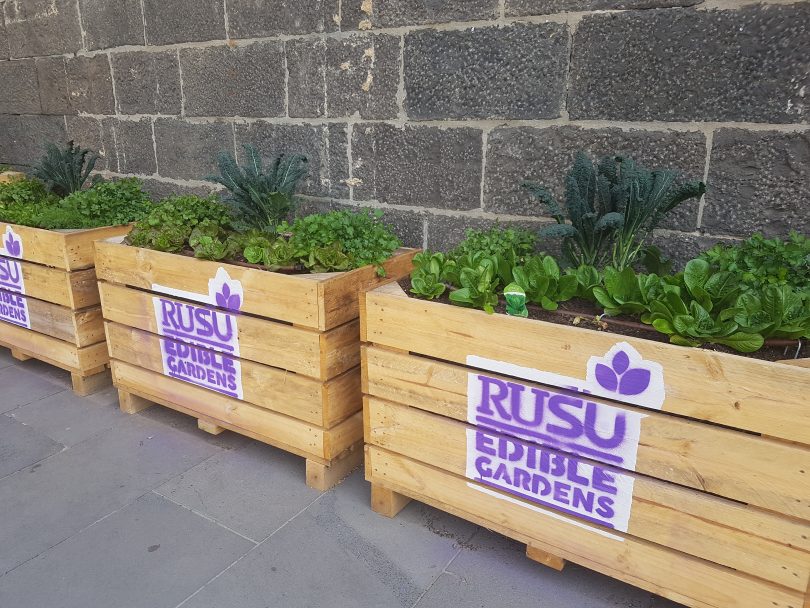A strain on food production is becoming an issue in Australia as cities expand into agricultural areas.
As the urban population grows, cities are looking at alternative solutions such as edible gardens to combat a loss of farming space.
Founding co-director of Wollongong University’s Population Wellbeing and Environment Research Lab, Thomas Astell-Burt, thinks this adaptation is “a beautiful aspect of society.”
“I think this is a fundamental part of the arsenal we have in the area of urban greening for better health,” he said.
According to the United Nations 2018 World Urbanization Prospect report, 55 per cent of the world’s current population lives in urban areas.
This is true of Australia, where in Melbourne the population reached 5 million at the start of September. Since 1950, the percentage of Australians living in urban areas has steadily risen from 77 per cent to 86 per cent, and is expected to rise to over 90 per cent by 2050.
[infogram id=”urban-population-growth-1hke60zv9lo545r?live”]Source: United Nations World Urbanization Prospects 2018
Nicki Whitfield, from the Stephanie Alexander Kitchen Garden Foundation, believes that city dwellers need to do their part.
“I don’t think we can rely on our stretched farmers and changing weather patterns to continue to supply our food,” she said.
“We all need to do our bit. I believe everyone can contribute by growing some of their own produce.”
Green spaces have always been an important part of the urban landscape. These spaces provide shade and clean air and add to community wellbeing.
Universities are also working to create space for students to enjoy. This year Melbourne university union RUSU at RMIT added edible gardens to all campuses.
Professor Astell-Burt says, “the more ways in which we can bring people outside and together, could be healthy from a whole range of angles. Not least, but most importantly mental health.”
(Feature Image: Edible gardens provided by student union RUSU for students at the city campus. Photo: Jasmine Mee Lee)

